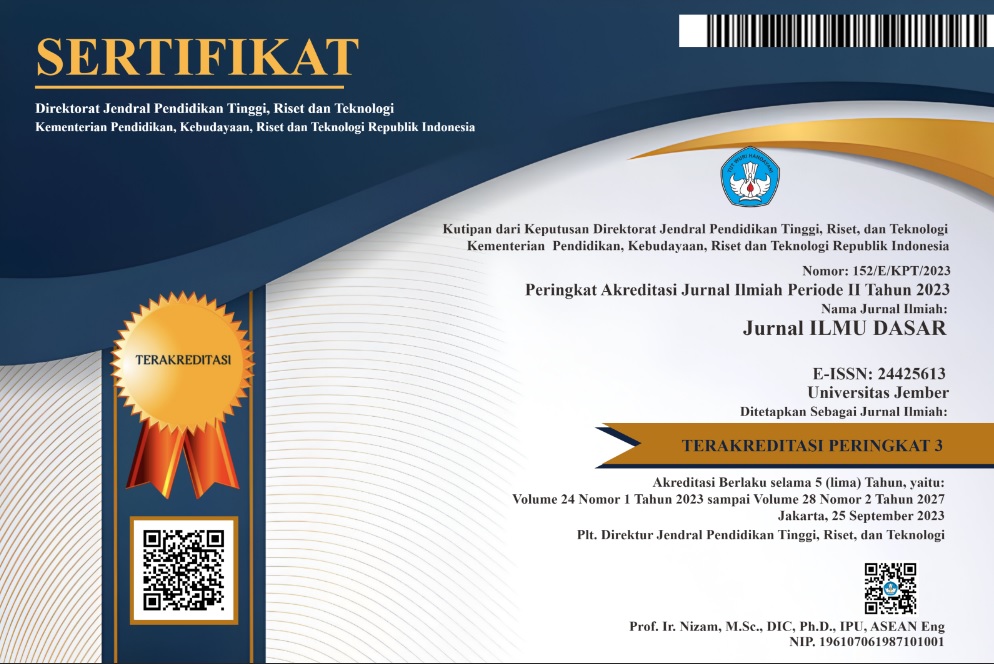A Comparison Study for Agrobacterium-mediated transformation Method in Sugarcane (Saccharum spp L.)
Keywords:
Sugarcane, genetic transformation, Agrobacterium, sucrose-transporter, proteinAbstract
In order to compare transient expression of gus gene driven by CaMV 35S or rice ubiquitin RUBQ2 promoter, Agrobacterium-mediated transformation was conducted using embryogenic callus and suspension cultures of sugarcane. Histochemical observation of GUS activity after co-cultivation showed that rice ubiquitin promoter produced high level of clear blue spots both in embryogenic callus and suspension cultures, while the CaMV35S promoter was not detected. Regenerated shoots from the infected materials were found higher in suspension cultures than embryogenic callus. The results showed that the rice ubiquitin promoter as well as suspension cultures are more efficient for the Agrobacterium-mediated transformation. However, PCR analysis found there was no amplification of DNA neither for CaMV35 nor rice ubiquitin in genome DNA of regenerated shoot. Lacking of integration of the DNA into the genome showed that the regenerated shoots were not truly transformants might due to the presence of somaclonal variation that was common phenomenon in the regeneration from callus. To avoid the presence of somaclonal variation the transformation was then conduced using in vitro plant without intervening callus phase. Basal segment of in vitro plants prepared from axillary buds of sugarcane were used as the explants for the transformation. The histochemical observation of GUS activity showed that almost all of the infected materials partially exhibited blue color on the basal region. Infected in vitro plants showed rapidly grow and multiplied in theselection medium. Further investigation of the transformation using in vitro plants and Agrobacterium harboring SoSUT1 DNA construct driven by rice actin promoter resulted in development of antibiotic resistant sugarcane shoots. Interestingly the PCR analysis found an insertion of the antibiotic DNA fragment into the sugarcane genome DNA. This result suggests that in vitro plant is an effective target tissue for Agrobacterium-mediated transformation in sugarcane.







